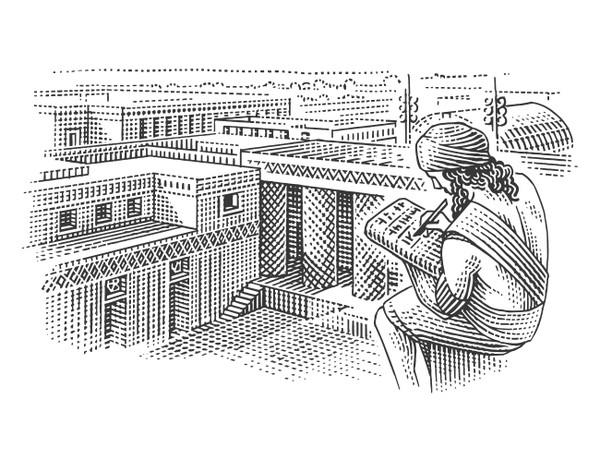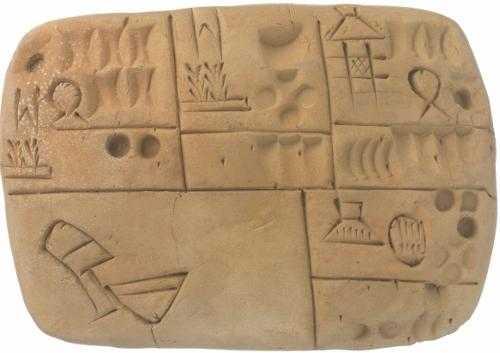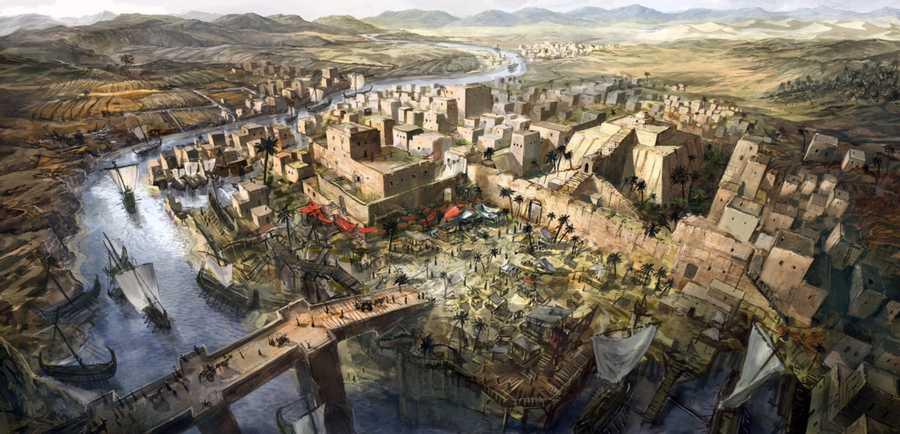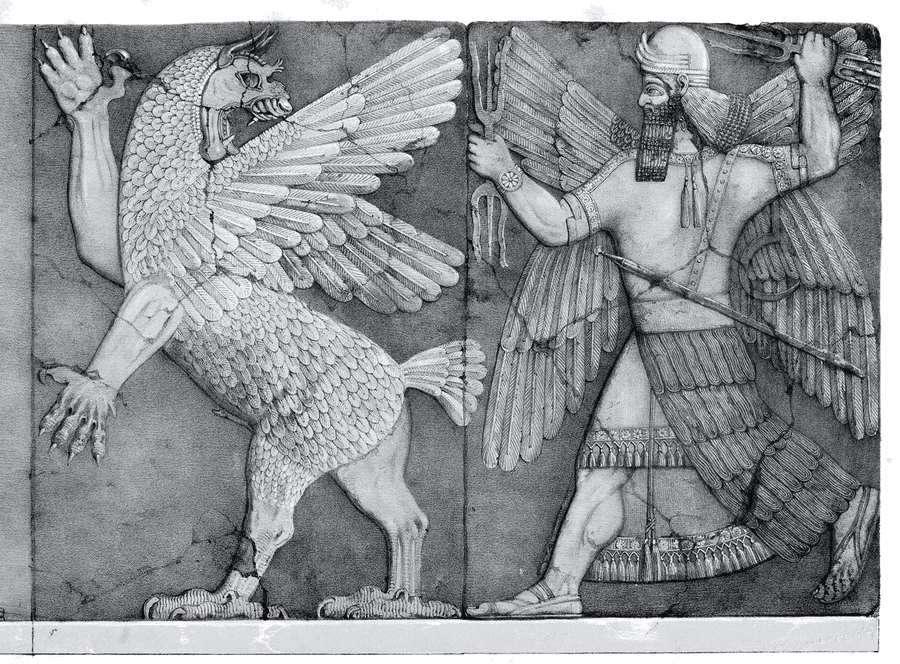Centers of Progress: Uruk (Writing)
Curated from: humanprogress.org
Ideas, facts & insights covering these topics:
5 ideas
·8.6K reads
48
Explore the World's Best Ideas
Join today and uncover 100+ curated journeys from 50+ topics. Unlock access to our mobile app with extensive features.
The First Writing System
Uruk was the world’s first large city and completely changed humanity’s ability to store, exchange and replicate information by creating the first writing system in 3200 BCE.
The invention of writing made the unreliable and fallible human memory obsolete and revolutionized how we process information. The earlier form of dictating information orally from generation to generation quickly became a thing of the past.
303
2.71K reads
Ancient Uruk
In the late 4th millennium BCE, Uruk had 10000 inhabitants which increased to 50000 in the decades after that, making it the largest city in Mesopotamia, and in the Sumerian civilization.
The people of Uruk were highly civilized and worked in various professions like ambassadors, priests, stonecutters, cooks, and jewellers.
243
1.81K reads
Writing with symbols and pictographs
Uruk was the first civilization to introduce written record-keeping, using symbols, pictographs, and eventually words. The Sumerians were an innovative civilization and improvised this symbolic language into complex documents, epic poems and literature, along with lists and genealogies.
Writings were mostly on reeds and clay, slowly forming a complex language of letters based on ‘wedge-shaped’ markings, known as cuneiform.
243
1.46K reads
The Sumerian culture
The Sumerian culture used to worship the sun and revered the cow, which is associated with motherhood. The Sumerian Sun God was called Utu, with the revered King Enmerkar ruling Uruk for more than a hundred years according to the scriptures. The Sumerian legend is preserved in the epic ‘Enmerkar and the Lord Of Aratta’.
234
1.28K reads
World-Changing Invention
According to the ancient Sumerian writings, the mythical king Enmerkar is credited with the invention of a written language, leaving a permanent mark in history and all the human literary output from that point onwards.
The preservation of ancient writings has provided humanity with a way to travel through time, with the writings being like artefacts from the past with deep insights and information of that time.
232
1.32K reads
IDEAS CURATED BY
Brianna Simons's ideas are part of this journey:
Learn more about writing with this collection
The historical significance of urban centers
The impact of cultural and technological advances
The role of urban centers in shaping society
Related collections
Similar ideas
4 ideas
A Brief History of Writing
thoughtco.com
5 ideas
Centers of Progress: Mohenjo-Daro (Sanitation)
humanprogress.org
5 ideas
Centers of Progress: Alexandria (Information)
humanprogress.org
Read & Learn
20x Faster
without
deepstash
with
deepstash
with
deepstash
Personalized microlearning
—
100+ Learning Journeys
—
Access to 200,000+ ideas
—
Access to the mobile app
—
Unlimited idea saving
—
—
Unlimited history
—
—
Unlimited listening to ideas
—
—
Downloading & offline access
—
—
Supercharge your mind with one idea per day
Enter your email and spend 1 minute every day to learn something new.
I agree to receive email updates



